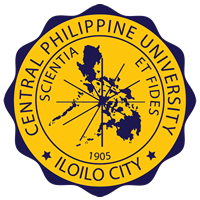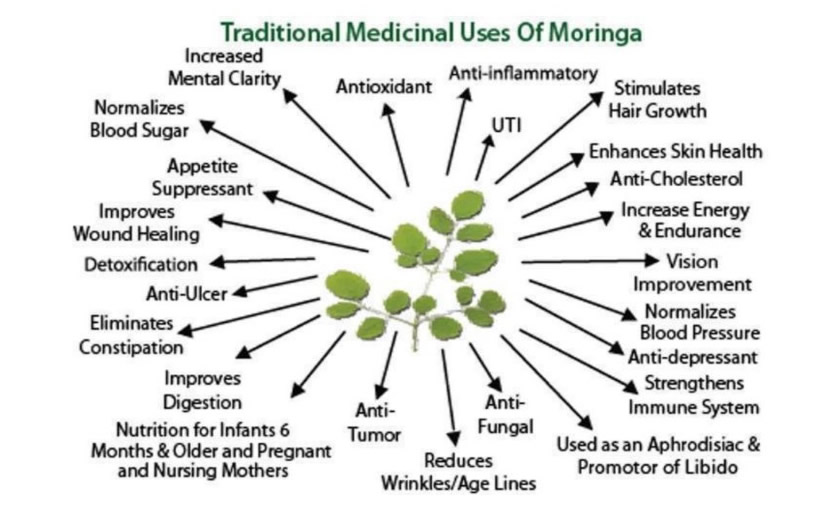By Manuel C. Palada, PhD
The Traditional Medicinal Uses of Moringa.
This 2nd in a series feature will provide an insight on the medicinal value and usage of Moringa (Malunggay).
We hear about Phytochemicals. In the strictest sense of the word, “Chemicals produced by plants.” It refers to those chemicals which may have an impact on health. There is a range of fairly unique compounds, because it also impacts taste, palatability, consumer acceptance and bioavailability.
Moringa is exceptionally rich in phytochemicals that are involved in detoxification. Those phytochemicals are as effective as anything modern pharmacology has developed, in assisting us in our own protection. From the moment we started eating, our survival depended upon our ability to detoxify toxins from fungal and bacterial food contaminants, and from the plants and animals we ate.
The phytochemical content of Moringa has implications with respect to its utility as a nutritional plant and as a source of micronutrients, as well as its medicinal effects (the application with which phytochemicals are most often associated). Moringa has tremendous anti-inflamatory, detoxification, antibiotic and neuroprotective properties, to name a few.
The outstanding nutritional value of Moringa makes it a highly essential plant to combat under-nutrition especially in poor developing countries.
Despite the fact that no rigorous clinical trial has investigated its efficacy for treating malnutrition and a variety of illnesses, the adoption of moringa continues to increase.

